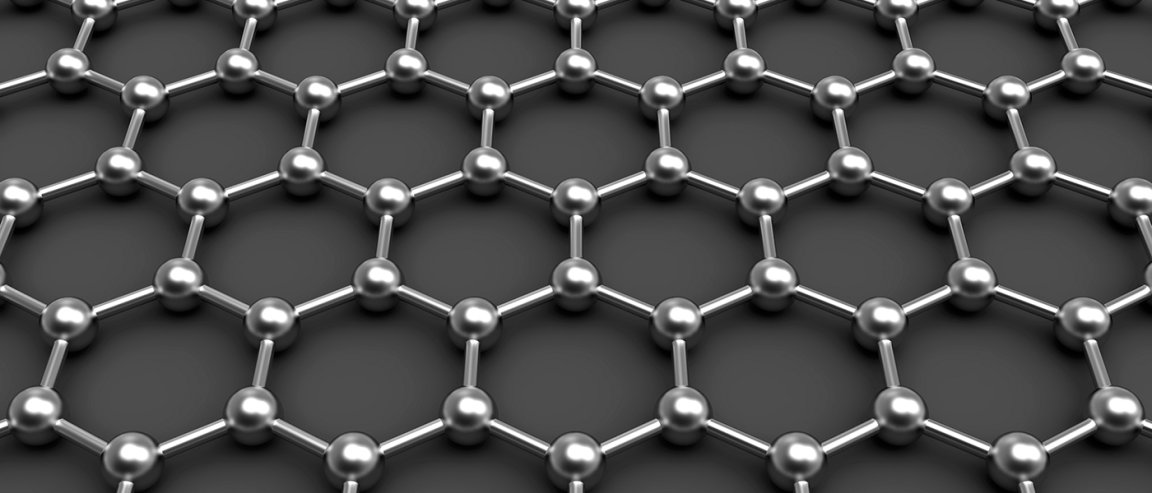
Graphene Breakthrough
Since the discovery of this wonder material in 2004, scientists have theorized that graphene could function as a superconductor. Following this theory, in 2016 a team of Japanese researchers managed to make electricity flow through graphene with no resistance. Unfortunately, they only managed to do so in an extremely cold environment, limiting the experiment.
Since then, superconductivity has only been achieved by doping, or by placing the graphene on a superconducting material, both of which alter the graphene and compromise the experimental results.

Still, researchers weren’t ready to let the theory go. The experimental results only convinced them that they were on the right track and that it was only a matter of time before they would be able to activate what they believed to be graphene’s dormant superconductive properties.
They Were Right
University of Cambridge researchers just revealed a major breakthrough. They found that, by coupling a material called praseodymium cerium copper oxide (PCCO) with graphene, they managed to make graphene itself superconductive.
“PCCO is an oxide from a wider class of superconducting materials called ‘cuprates.’ It also has well-understood electronic properties, and using a technique called scanning and tunnelling microscopy, the researchers were able to distinguish the superconductivity in PCCO from the superconductivity observed in graphene,” the researchers explain on the university website.
Superconductivity is characterized by how electrons interact—defined by the spin alignment of electrons as they go into pairs. In PCCO, paired electrons follow a d-wave state, where the spin state is misaligned. When PCCO was combined with graphene, researchers discovered that it followed a different spin alignment: a p-wave state. This means that the superconductivity discovered in the Cambridge-led study was not only different from PCCO, it also implied that the PCCO was the material needed to trigger graphene’s inherent superconductivity.
What This Could Mean
It’s not clear the type of superconductivity was activated, but the research strongly suggests that it was the p-wave form (a superconductive symmetry that has yet to be verified and whose existence is subject to much debate).
“If p-wave superconductivity is indeed being created in graphene, graphene could be used as a scaffold for the creation and exploration of a whole new spectrum of superconducting devices for fundamental and applied research areas. Such experiments would necessarily lead to new science through a better understanding of p-wave superconductivity, and how it behaves in different devices and settings,” says Dr. Jason Robinson, who was part of the research team.
Adding superconductivity to graphene’s list of notable properties—which includes being one of the strongest materials known to man—is a really big deal. An incredibly durable material in which electricity can flow easily means that graphene has the potential to usher in a new era in electronics, one defined by more efficient, high-speed devices that run on nano-sized graphene circuitry. It could also dramatically increase energy storage (on the order of millions of years) and also revolutionize levitating trains.